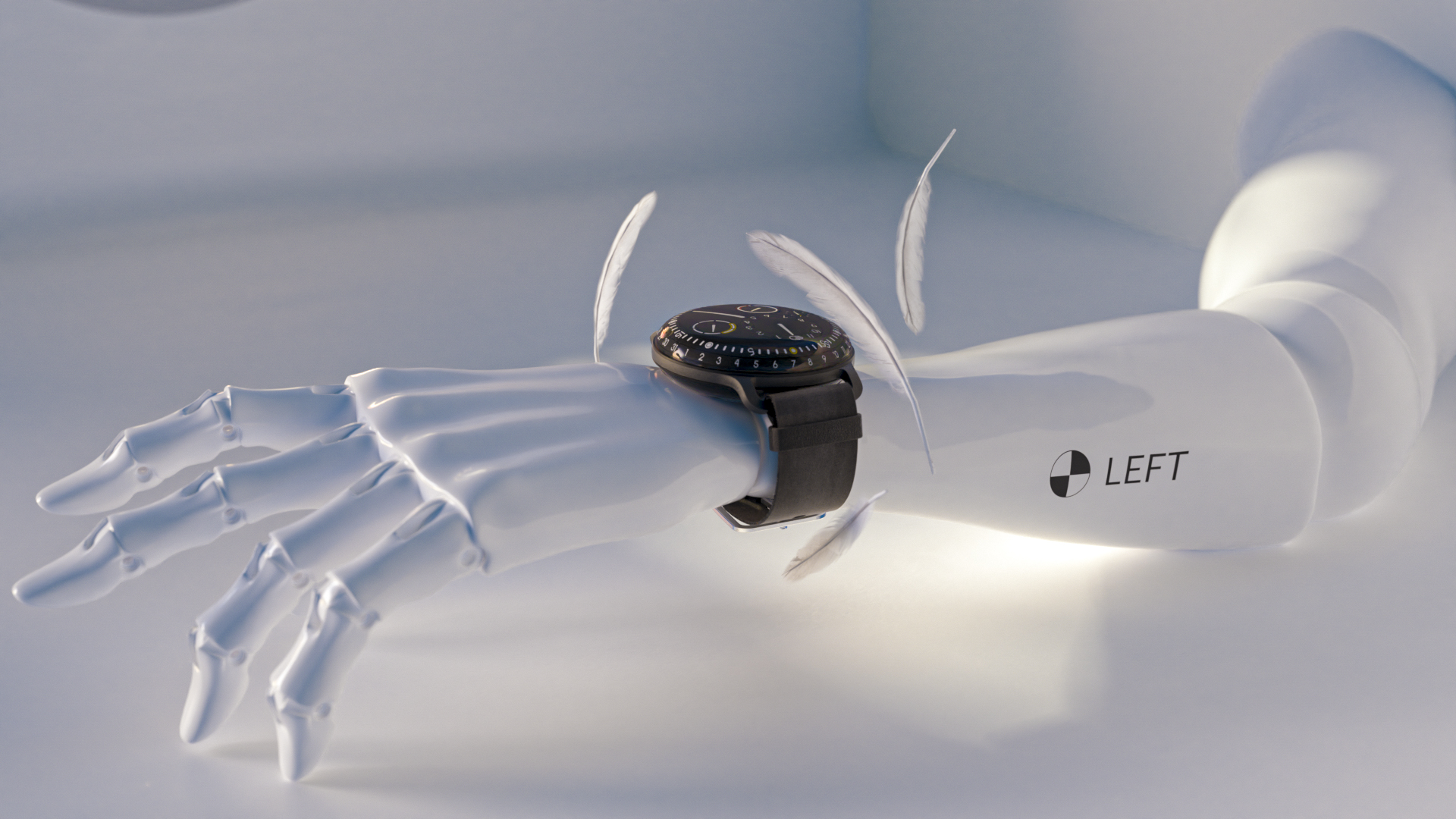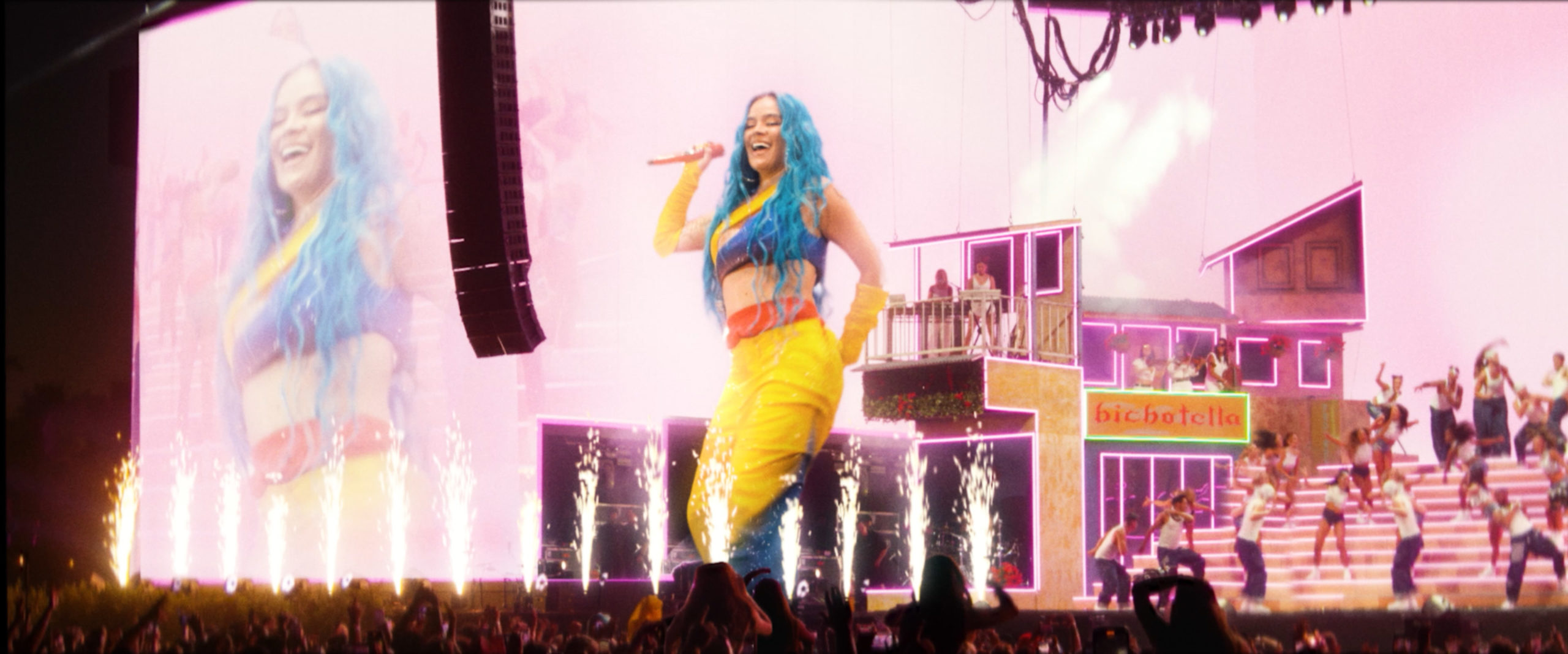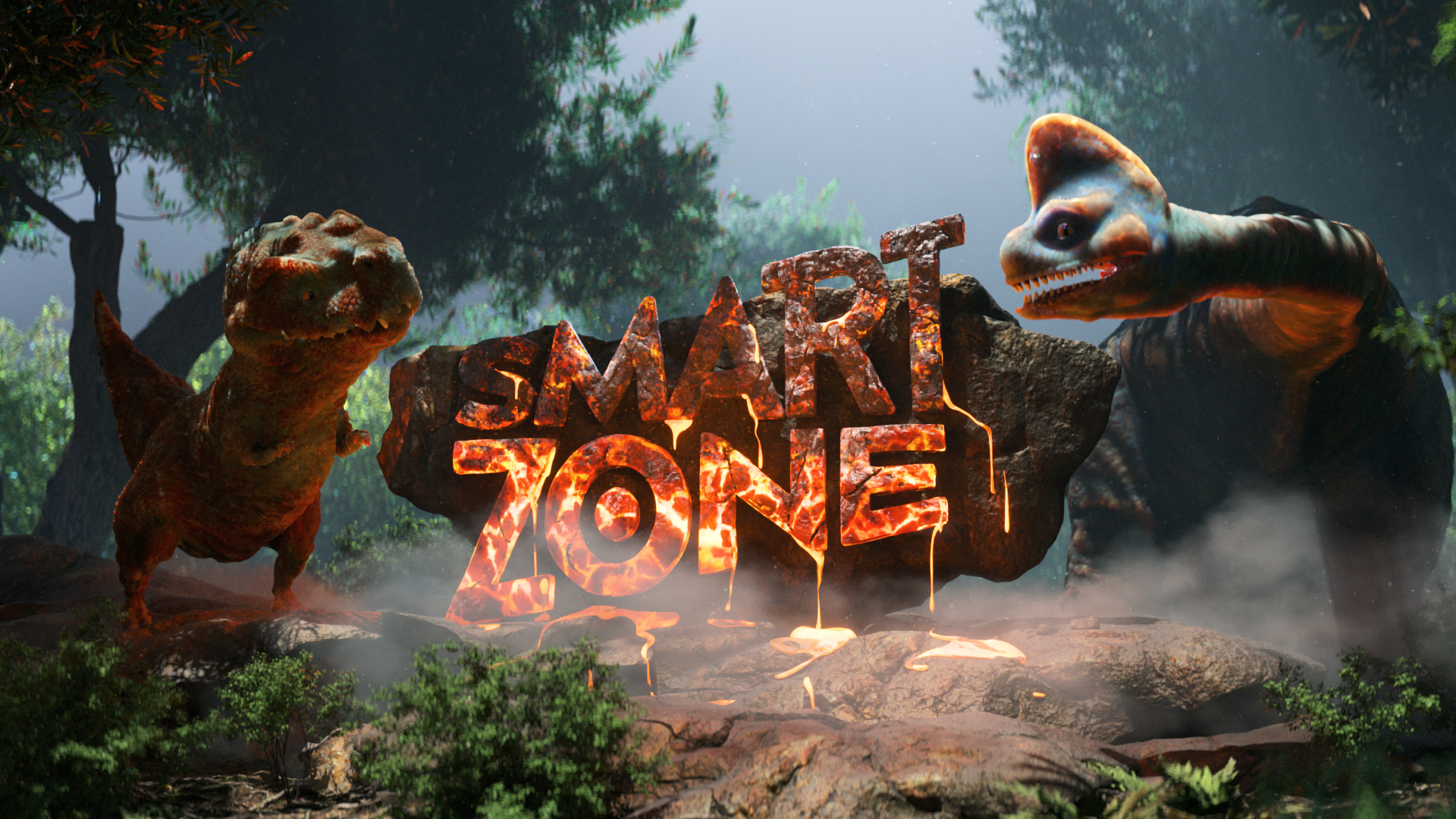
Madis Epler on how he used C4D and other tools to create sci-fi-inspired idents for Smartzone TV rebrand.
By Meleah Maynard
Madis Epler worked as a graphic designer for several years before realizing he was really more into animation. So he pursued that goal, digging deep into tutorials, books, and everything related to 3D. Now a busy freelance creative director, animator, and CGI artist, Epler runs his own studio, Banzai Animation, in Estonia where he grew up.
Recently, Kids Network Television asked Epler to rebrand Smartzone TV, a science channel for youth. In addition to giving the channel a fresh look, he used Cinema 4D, ZBrush, Maya, Octane, and more to create a series of fun somewhat sci-fi idents for a Smartzone TV rebrand, featuring robot bees, dinosaurs, and astronauts.
We asked Epler to tell us about himself and his work for Kids Network Television. Here’s what he had to say.
What inspired you to become and artist, and how did you get into the industry?
Epler: When I was a kid, my main thing was drawing. Watching the 80’s British TV series Robin of Sherwood, and other similar shows, had a big influence on me. After that, I started drawing knights and swordsmen on every paper I could find in our house. Later, I became fond of Disney and Tom & Jerry cartoons.
I was about seven when I started drawing comics, which was the perfect medium for expressing ideas in a visual language telling short stories. Four years later, my dad got a VHS camera, and I made a short stop-motion, cutout animation that was influenced by Indiana Jones and the Raiders of the Lost Ark. I also played lots of video games, like Wolfenstein 3D and Doom.
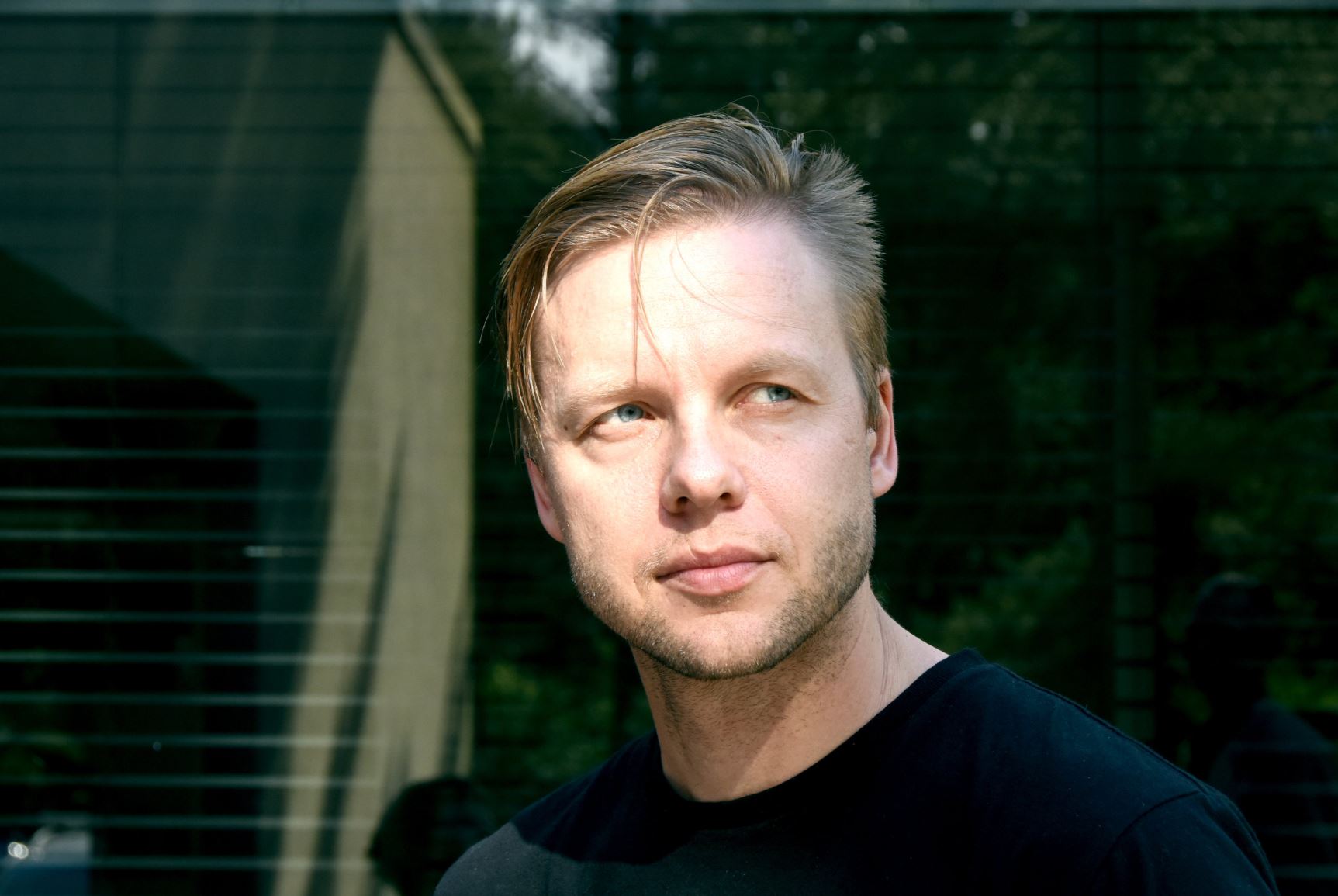
I studied graphic design at the Estonia Academy of Art, and I really got into 3D there. I remember opening 3ds Max back in 1998 and box modeling a really simple spaceship there. I worked as a graphic designer while I was in school and after graduation, but I realized that I was really more into 3D animation. So I taught myself how to do it.
How long have you been working in the industry?
Epler: I worked for almost a decade (2009 – 2018) in a larger animation and motion graphics studio. That was where I acquired the most experience because we had to do almost everything using different mediums—from stop motion to drawing animation frame by frame to creating storyboards and animatics. We also did motion graphics in After Effects and 3D animation.
I started my solo artist career in the beginning of 2019. That was when I decided to start pivoting more towards what I really enjoy the most, creating 3D characters and animating them. Most of the projects that you can see in my portfolio involve character animation.
Tell us about your work for Smartzone. Have you worked for them before?
Epler: I have worked on several projects with Kids Network Television LLC, a broadcasting company that also casts Smartzone TV, for quite some time. Back in 2018, I directed and animated most of the idents for Kidzone TV, a children’s cartoon channel.
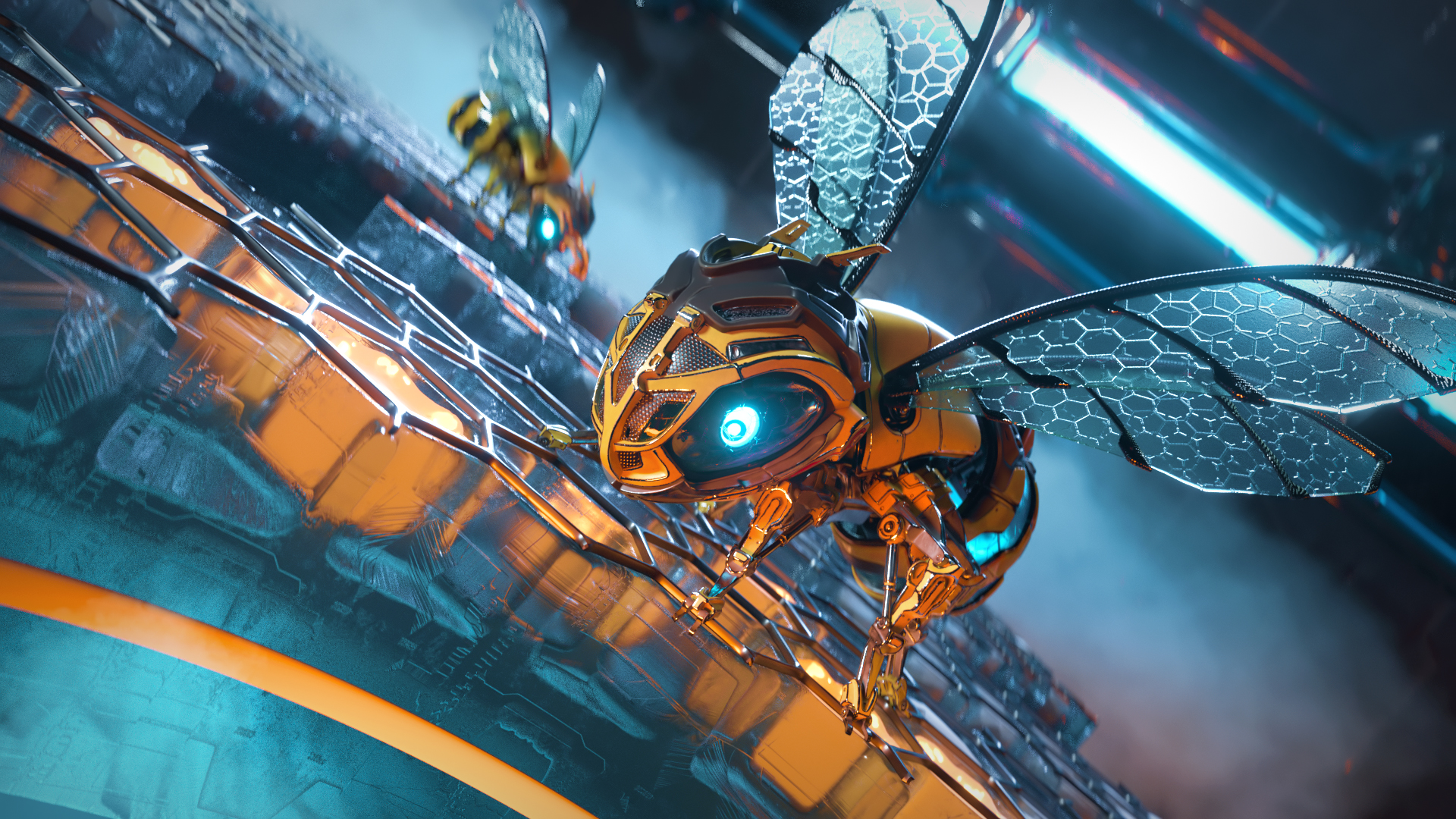
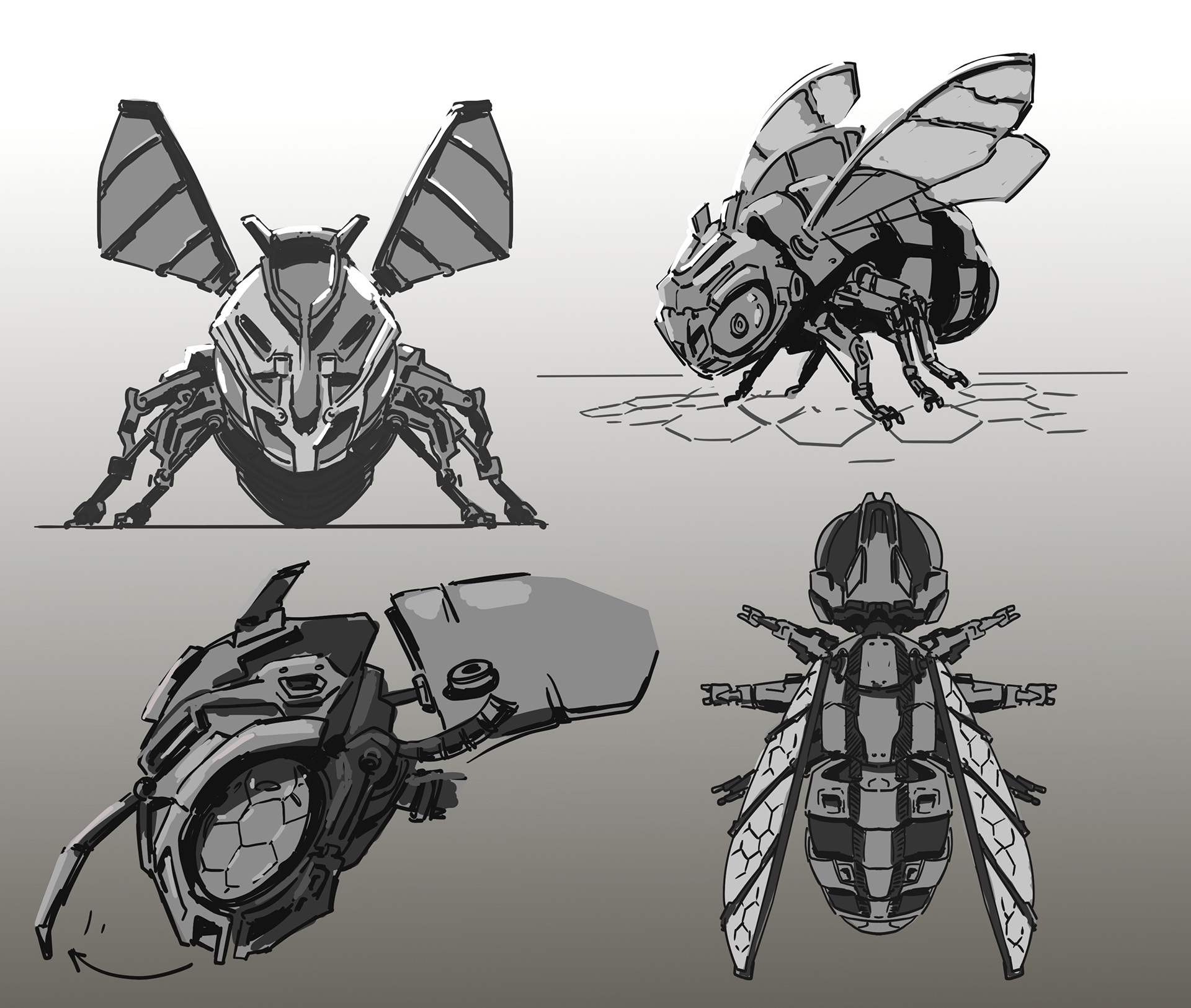
I was already a solo artist in 2020 when they asked me to create a total renewal of the visuals and idents for Kidzone. So I used C4D and Redshift to create a new character for them in a world that children could easily relate to. I connected the character to the new idents using short stories.
Later that same year, Kids Network Television asked me if I was interested in doing a rebrand for Smartzone, which is kind of like National Geographic for kids who are 8 to 12. I said instantly yes, as it is really fun to work with them. They pretty much gave me creative freedom in terms of the story and visuals. The only brief that I had to keep in mind was that the new visuals and idents should reflect the nature of the channel.
Science is mostly like math or physics, based on rules and formulas that exist in the universe that we live in. But at the same time, there is so much that we do not know or understand yet. That leaves a lot of room for fantasy and science fiction. I wanted the Smartzone idents to be somewhat sci-fi and have some surprise elements in them too.
Describe your ideas for those sci-fi idents.
Epler: I wanted to bring in some unnatural elements for the ident showing astronauts habitating on Mars, for example. So I had them discover an alien cube with the Smartzone logo inside of it. It’s a symbol of ever-curious human nature, discovering new things and new places.
For the Dinos ident, my initial idea was to show a falling asteroid that crashes into the ground, and the curious dinosaurs come to investigate the crash site. But I only had eight seconds per ident, so I simplified the idea to having the dinosaurs appear and discovering a strange Smartzone logo object that looks a bit like lava.
I really wanted to show some hi-tech elements and environments in one of the idents, and I got an idea that maybe, in the future, humans will invent robotic bees with pneumatic legs and carbon wings. The bees would have little AI microchips inside their heads, and their purpose would be to make honey in artificially created honeycombs. Sounds quite dystopian, right? So I decided to balance that out by giving the bees a kind of friendly design and look.
It always helps to research your subject. That’s how you get a better outcome. During the research phase for this, for example, I learned quite a lot about bees’ anatomy as well as their behaviors. Research helps a lot when you’re making functional design decisions, as well as carrying the specific locomotion to animation.
Walk us through your creative process.
Epler: The first step is creating a compelling story, keeping in mind the constraints that you have, like how much production time you can allow for a project, the length of the project, and target audience. Then, I start sketching a very simple storyboard to help visualize and understand the story better. After that, I usually create an animatic to test if there is enough screen time to tell the story.
At the same time, I also start to develop the characters and environments. I did not want the visuals and characters in the idents to be completely realistic and serious as Smartzone is still a TV channel for youth. I decided to give them all just a bit more uniqueness in overall design.
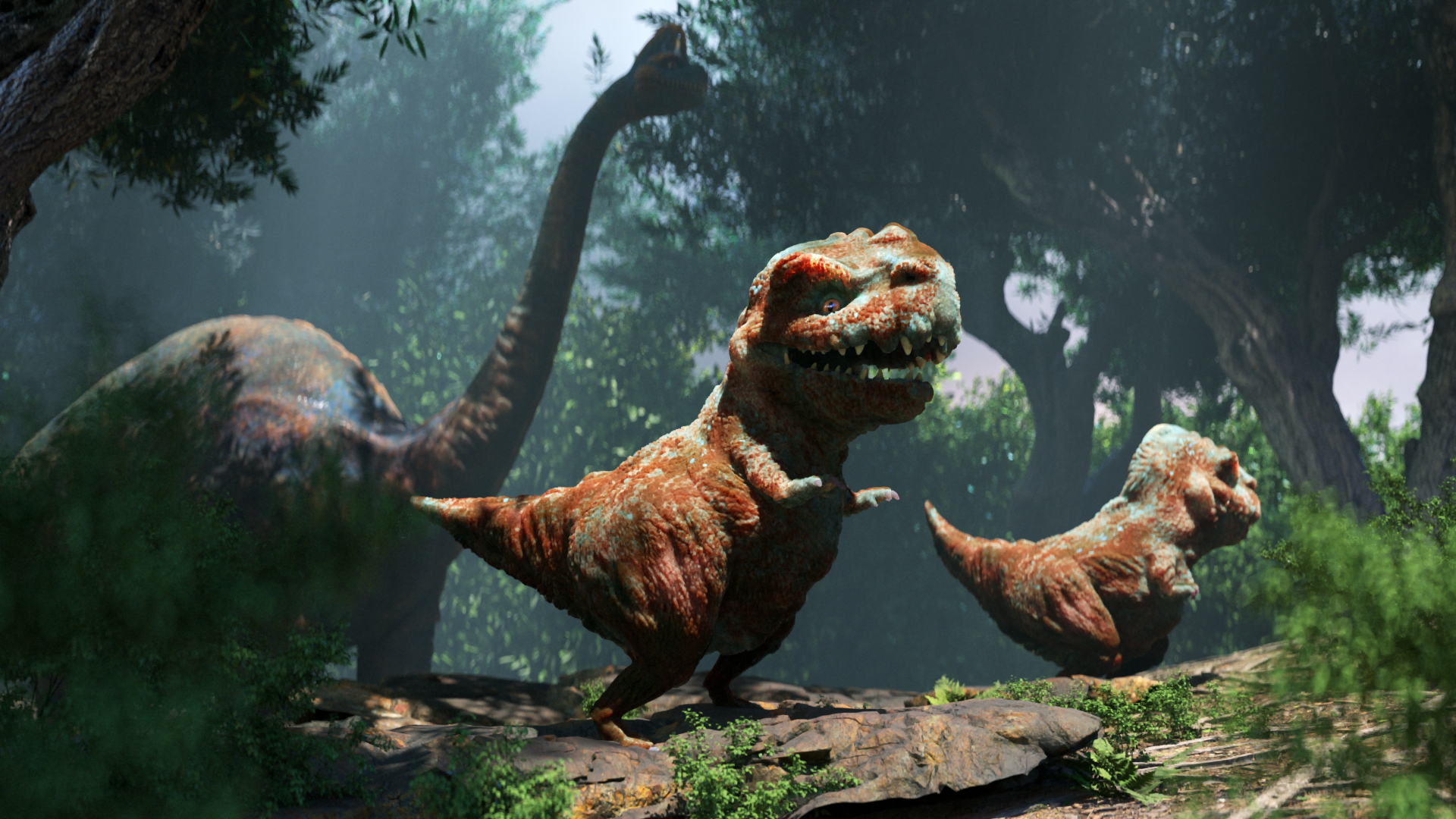
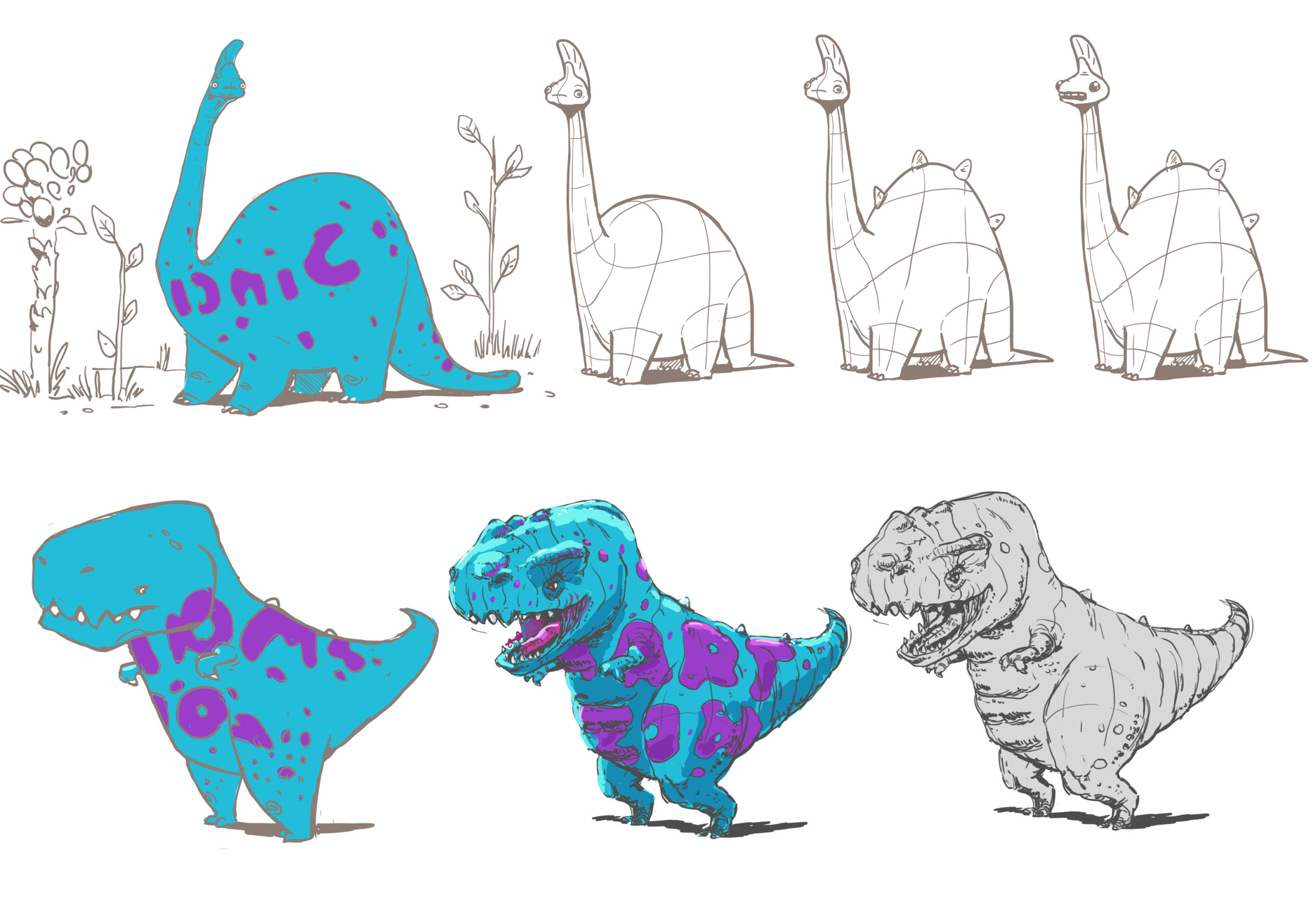
I didn’t want the character design to be overly realistic for the dinos, but I also didn’t want to do something cartoonish. So I pushed some proportions a bit, giving them small legs and expressive faces. They look a bit like pets now, I think.
So you created the characters from scratch?
Epler: Yes, starting with developing the look by drawing a bunch of character concept sketches. For the astronauts’ suits, and also for the Mars environment, I dug around on the internet and used a plethora of reference material to understand the subject better. I also got inspiration for the look and color scheme for the Mars suits and environments from Ridley Scott’s film The Martian. I am also a huge fan of Christopher Nolan, so his Interstellar was also a great inspiration. Watching some segments of Jurassic World really helped out for the dinos ident as well.
I used ZBrush to sculpt and model the characters, based roughly on my previous sketches. Sometimes, I tend not to stick one hundred percent to the designs I have created beforehand, which gives me more creative freedom to try out what works best in 3D. When sculpting the astronauts, for example, I decided to give them a chubbier look, so they were kind of cute, but they also had enough detail to seem like they still meant business.
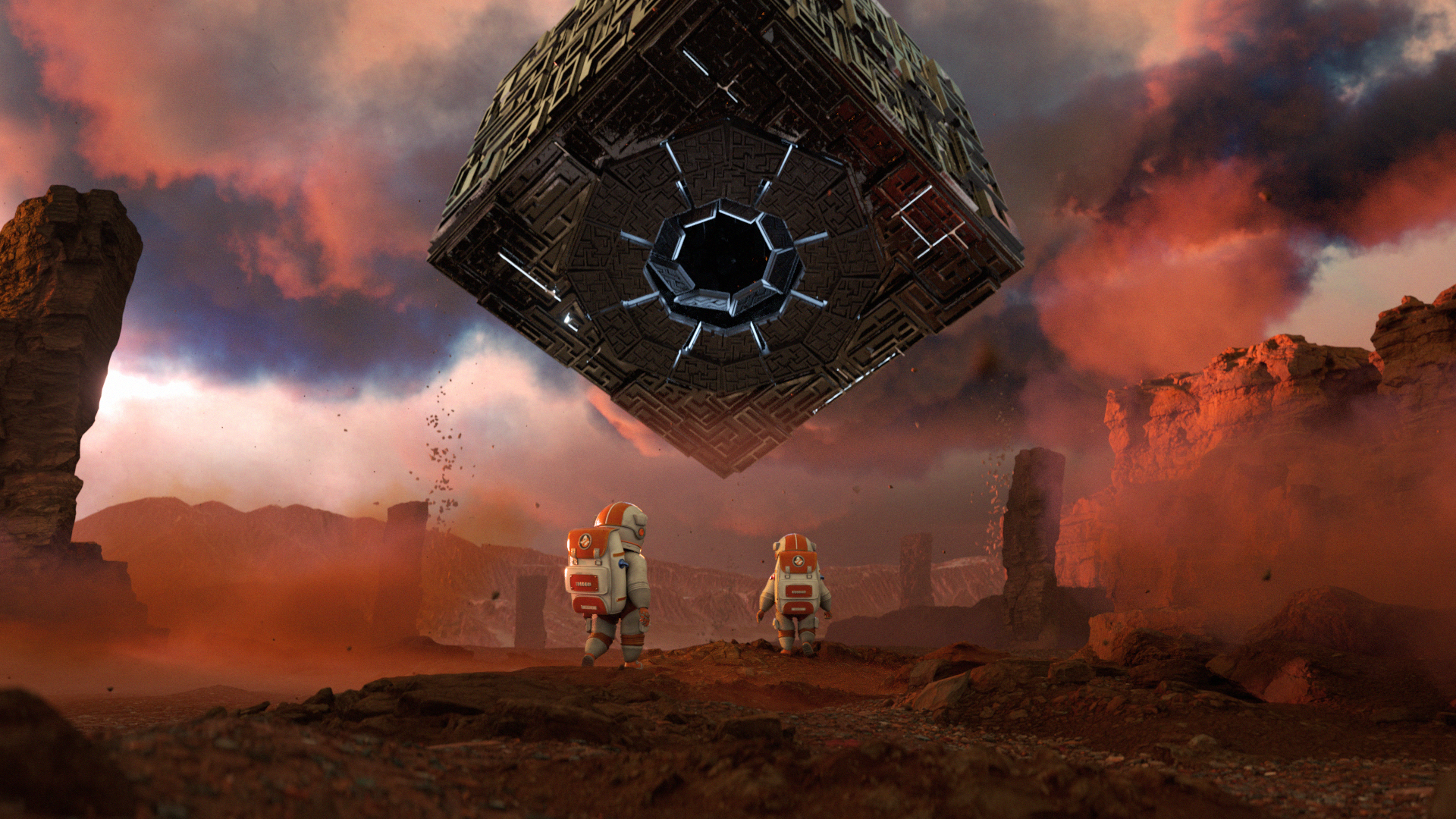
Designing and sculpting the robotic bees in ZBrush was a fun challenge. I had not done any serious hard surface sculpting before. After the high-res sculpting was finished, I retopoed the characters and asset models either automatically in ZBrush, or manually in Maya. I also mixed both if needed. Substance Painter was used for textures and shading.
I have a long history with Maya, so I used that for rigging and character animation. When the first rough animation blockout was ready, I exported the characters to Cinema 4D via alembic. I use C4D to bind everything together. It’s the most user-friendly 3D package I’ve tried. I started learning it a couple of years ago and after a few weeks of intensive learning, I was hooked and C4D became the spine of my pipeline. For the Smartzone project, I used it to assemble all the scenes, characters, assets, cameras, lights, shaders, and whatnot.
And what was your rendering process like?
Epler: I use both Redshift and Octane inside Cinema 4D in my 3D work. It is amazing how well both of those render engines are integrated into C4D. And getting instant feedback from an IPR (Interactive Photorealistic Rendering) render is a blast, so you can iterate lighting, shading, and the overall look almost in real-time.
For the Smartzone idents, I used Octane inside C4D. Octane scatterer was used to lay out rocks and cliffs in the space ident, as well as the forest elements in the dinos ident. I also used Quixel Megascans assets heavily in both of those idents to create the environment.
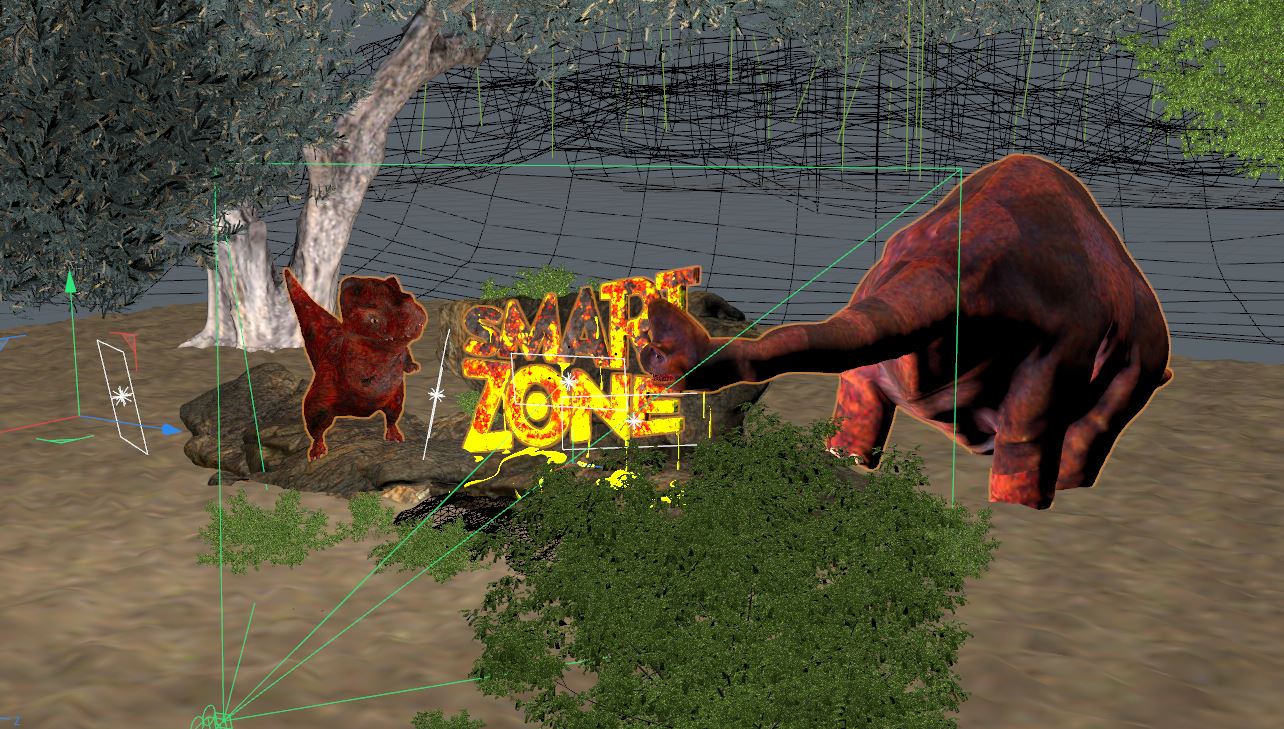
All of the environment assets were custom sculpted in ZBrush for the bees ident. I used C4D’s MoGraph cloner to create render time instances of the columns and to duplicate other repetitive elements, so I could keep the amount of texture memory within the boundaries of the GPU cores during render time. I also used X-Particles inside C4D to create the honey pouring from bee’s mouth, and to simulate the rock storm in the space ident shots.
I like to get the most finished look inside Cinema 4D’s render view as possible, leaving less work to post-production. I usually render out only a beauty pass along with a cryptomatte pass, which allows me to grade and color correct footage individually in After Effects if needed. Because Cinema 4D is really well integrated into After Effects, it is easy to bring both cameras and object positions over for composting and add further details to perfectly match rendered shots.
What do you enjoy most about what you do?
Epler: I enjoy the whole process. It is really fun to be part of almost every step of the character animation production pipeline and to learn new things while doing it. It doesn’t get boring because I’m always switching from modeling to animating, to shading and lighting, and I’m always working on my animation skillset. At the moment, I am learning about creating clothing in 3D and simulating them for animation. I am also using a bit of X-Particles inside Cinema4D for some special effects when needed.
In the longer term, I am aiming to direct and/or create characters and animations for some game cinematics and trailers, both as a solo artist and also in cooperation with other creative professionals. I also plan to better integrate my character animation skills live action and film projects, both in the local market and worldwide.
Meleah Maynard is a writer and editor in Minneapolis, Minnesota.



